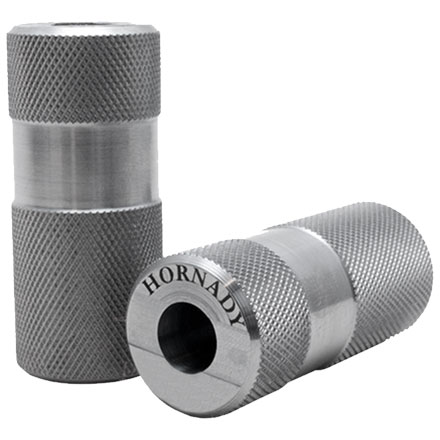Hawk
Well-Known Member
My brother has a Remington Model 760 pump in .270 Winchester.
It was my Dad's and he bought it in the 1950s, I think.
Lots of use on it.
Anyway, we are trying to reload for it and it is giving me really flattened primers at 3.0 grains below the charge of H4831SC that I am using for my .270 in my Remington 700. No sticky extraction in the Model 760, but really flattened primers.
I'm loading 60.0 Gr. of H4831SC behind a Nosler 130 Gr. Accubond. A stout load, but no pressure signs in my gun.
I think it is excessive headspace.
Question is, how can I measure the headspace of a cartridge fired in the Model 760.
I don't have go, no-go and field gauges and any type of tool of that sort of equipment is sold out anyway.
I want to try to actually measure the headspace of new cartridge, brass fired in the Model 760 and one fired in the Model 700, just to compare the three to each other. A datum point would be fine. It doesn't have to be the actual headspace. Just an apples to apples comparison.
I thought about trying to use a washer to set the neck of the brass in, just to have a datum point, but I would need something like a 19/64 washer. I have no machine tooling to make anything.
The other thing is, the pump action doesn't have the same closing feel as a bolt action.
I'm not sure I would trust closing the pump action on a piece of brass as a good indicator of a completely closed action.
Any suggestions would be appreciated. (I probably knew this at one time and have forgotten).
It was my Dad's and he bought it in the 1950s, I think.
Lots of use on it.
Anyway, we are trying to reload for it and it is giving me really flattened primers at 3.0 grains below the charge of H4831SC that I am using for my .270 in my Remington 700. No sticky extraction in the Model 760, but really flattened primers.
I'm loading 60.0 Gr. of H4831SC behind a Nosler 130 Gr. Accubond. A stout load, but no pressure signs in my gun.
I think it is excessive headspace.
Question is, how can I measure the headspace of a cartridge fired in the Model 760.
I don't have go, no-go and field gauges and any type of tool of that sort of equipment is sold out anyway.
I want to try to actually measure the headspace of new cartridge, brass fired in the Model 760 and one fired in the Model 700, just to compare the three to each other. A datum point would be fine. It doesn't have to be the actual headspace. Just an apples to apples comparison.
I thought about trying to use a washer to set the neck of the brass in, just to have a datum point, but I would need something like a 19/64 washer. I have no machine tooling to make anything.
The other thing is, the pump action doesn't have the same closing feel as a bolt action.
I'm not sure I would trust closing the pump action on a piece of brass as a good indicator of a completely closed action.
Any suggestions would be appreciated. (I probably knew this at one time and have forgotten).
Last edited:

